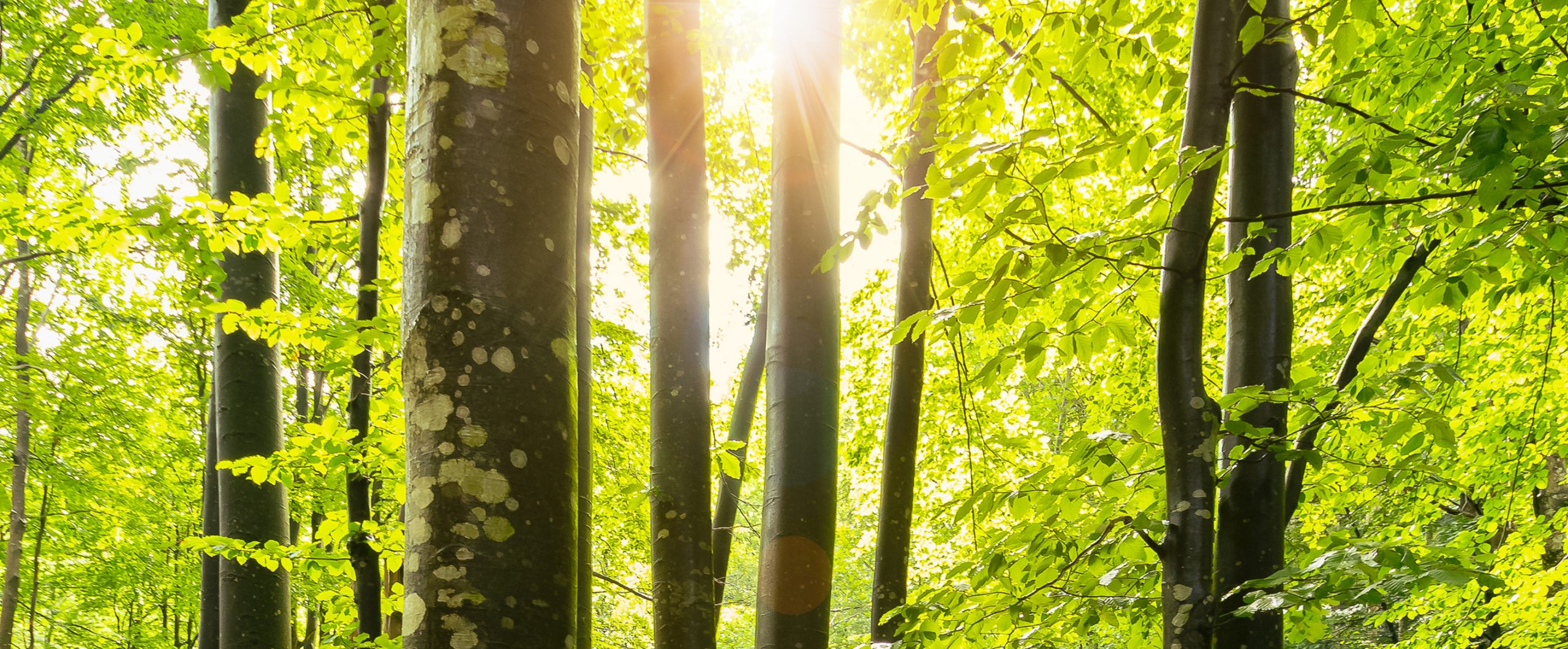
20 Jun FOREST BATHING
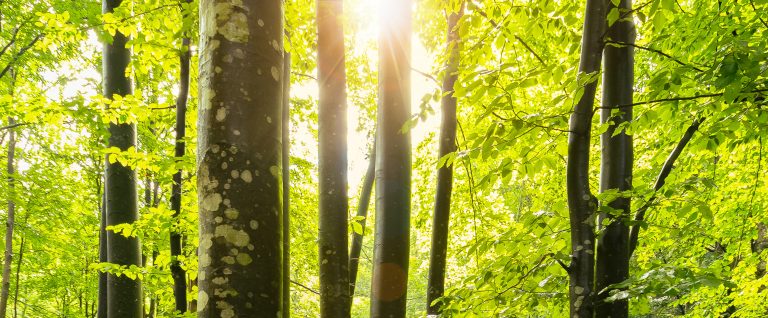
The sun has finally opened its eyes, waking after what seemed a very long winter. And with rays filtering through lime-fresh leaves and scattering to the forest floor, we come blinking out into a new world: the wind has turned from keen knife-edge to silk scarf, the woods from that dark and gloomy place into a bejewelled green bower, scattered with bluebells.
This time of year makes me think of forest bathing, the practice of seeking solace in the company of trees. We have the Japanese to thank for the poetic concept of shinrin-yoku: ‘bathing’ in the forest atmosphere, allowing it to soothe away tension, improve our mood and benefit our health. After four decades of research into its benefits, scientists there have found that forest bathing can:
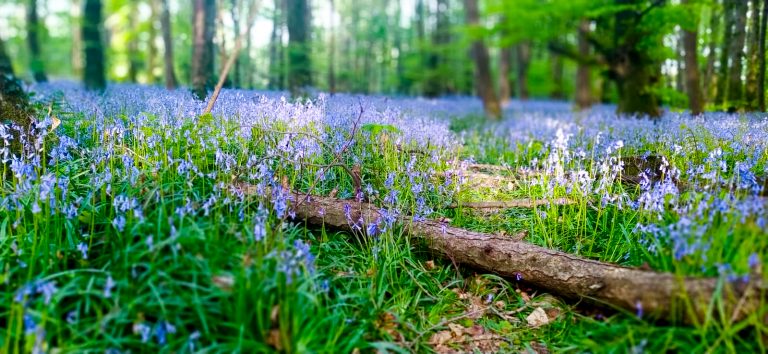
- Reduce blood pressure
- Lower stress
- Improve cardiovascular and metabolic health
- Lower blood sugar levels
- Improve concentration and memory
- Lift depression
- Improve pain thresholds
- Improve energy
- Boost the immune system with an increase in the count of the body’s killer NK
white blood cells - Increase anti-cancer protein production
- Help you lose weight
These days, there are 62 forest therapy bases in Japan, supported by medical staff and therapists, and up to 5 million people walk these trails every year. If you’re interested in the why and how, Dr Qing Li, the world’s foremost authority on forest medicine, has written books on the science behind shinrin-yoku, with tips on how to get the most out of it.
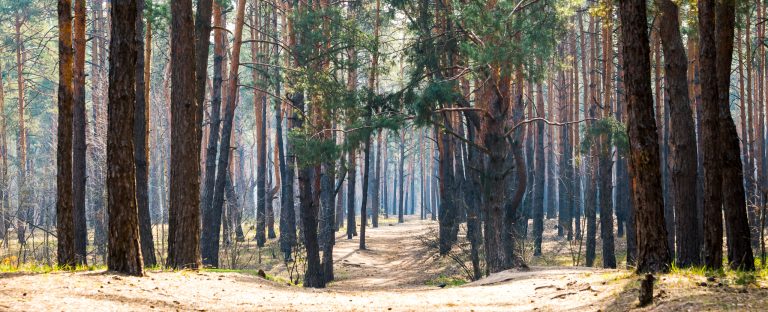
Naturally human
There are few people who don’t come out feeling replenished after spending a couple of the woods. Apart from the soothing effects of the rustling leaves and birdsong, the colour therapy of green, there is a higher concentration of oxygen in the air. You can breathe in the wonderful natural aromatherapy of the pine scent, created by natural vapours – called phytoncides – emitted by the trees to protect them from bacteria, insects and fungi, and to communicate with each other. Dr Li has found that phytoncides reduce stress, help you sleep longer, lower blood pressure, bring your nervous system into balance and boost your white blood cell count. The soil is also thriving with beneficial microbes that we breathe in while walking, which boosts our immune system and make us feel happier. Everything about it takes you out of – or actually back into – your humanity and connection to your real environment.
You can look at one tiny area and see all the life it’s supporting: plants, insects, fungi. A mature oak, for example, supports 290 species of birds, mammals, invertebrates and plants. The idea is to slow down and interact with the forest. Do yoga, have a picnic or forage for wild food. Put your feet in that stream. Meet the trees.
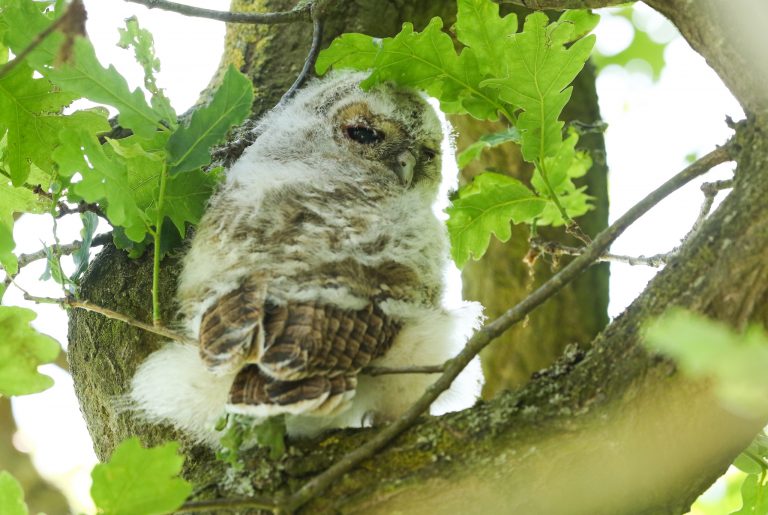
A Tree That Lives Forever
I once met a tree that was 5,000 years old, the fantastic sculptural Defynnog yew (CHK). It was in a graveyard, but it very obviously predated the church, which was about 1,000 years old itself.
To be in the presence of something living that is so old is extraordinary. It was like a creature. It was like a planet, a country: The tree is broader than it is tall and has divided into two quite separate trees over the centuries. Beneath its low boughs, multiple trunks resemble molten lava. Some limbs twist like sinews; others are straight. Some patches of wood are as smooth as liquid; other parts are as spiny as a sea urchin there were so many ways it had adapted to its situation.
They call it the tree of regeneration: it can live forever because it’ll drop a branch and grow from that branch again. It’ll just keep growing, and the centre of it empties out. It’ll spread and spread until it’s huge, and then split apart and become two trees.
It can change from being female to male depending on what it feels it needs to do. It can have two halves: one female, one male. It can change its character. A lot of plants do this over time, to adapt to the environment as the context changes.
Whenever I’m feeling off track I go back to try and remember how I felt when I was at that tree – it gives me perspective on what’s important in the long run.
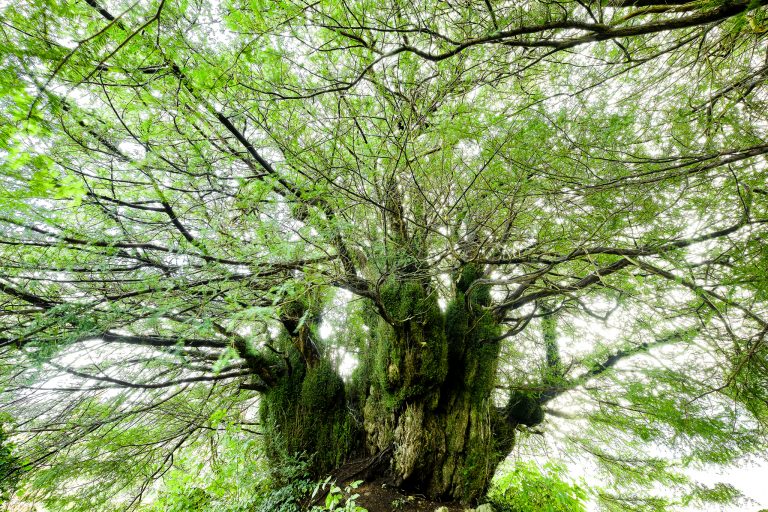
Dreams and acorns
There is an oak tree in the place I grew up, here in Co Kildare. It’s a glorious mature oak, maybe 300-400 years old, but when I was younger I hardly noticed it. My grandmother was absolutely besotted with this tree, and she asked me to draw a portrait of it for her 80th birthday. So I sat there for about two weeks making sketches, gradually absorbing its detail and beauty, and falling in love
with it myself.
The year I came back to live here, after much travelling and living abroad, our garden was overrun by squirrels and there were these baby oak trees springing up everywhere. I was trying to develop the garden at that point and I thought: ‘Ah sure they’ll be up next year, I’ll just whip them out’. But they never came back.
I’ve since learned that oaks have varying cycles of acorn production. A bumper crop, known as a ‘mast year’ might happen once every three years, or only once a decade, with lean years in between. I thought: how precious is that!
There is a lot of story and history about it: that when they did flourish in ancient times, there would be great gatherings of people. They would have festivals around harvesting the acorns.
I became fascinated with the tree. Looking at old maps it seemed that this place was pretty forested until about 300, 350 years ago – Ireland was one of the most forested places in Europe at that time. And then I got this notion that maybe it was the baby of that disappeared forest, this oak tree. And that just maybe it could live to see the forest grow again, from its own acorns.
So that became a real dream of mine, trying to help that happen. It seems an ambitious thought at the moment, but the tree is still quite young. They say oaks have 300 years of growing, 300 years of rest and 300 years of graceful decline. That gives us maybe 500 years to play with, if we can protect it for that long.
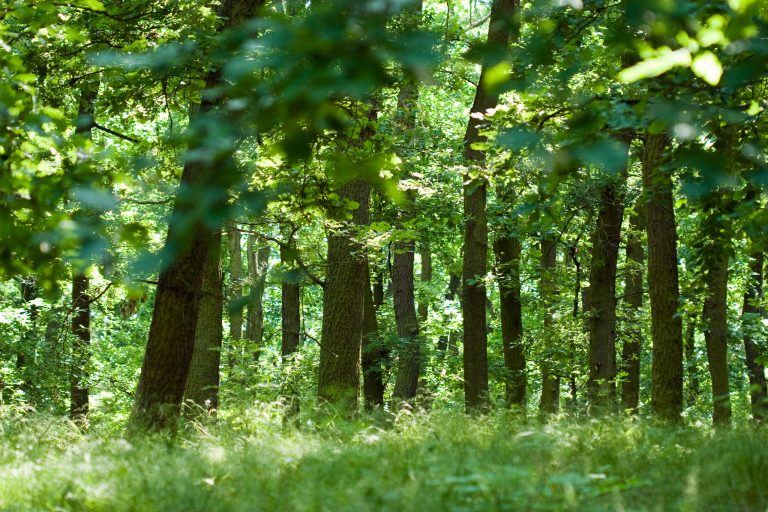
Planting Anew
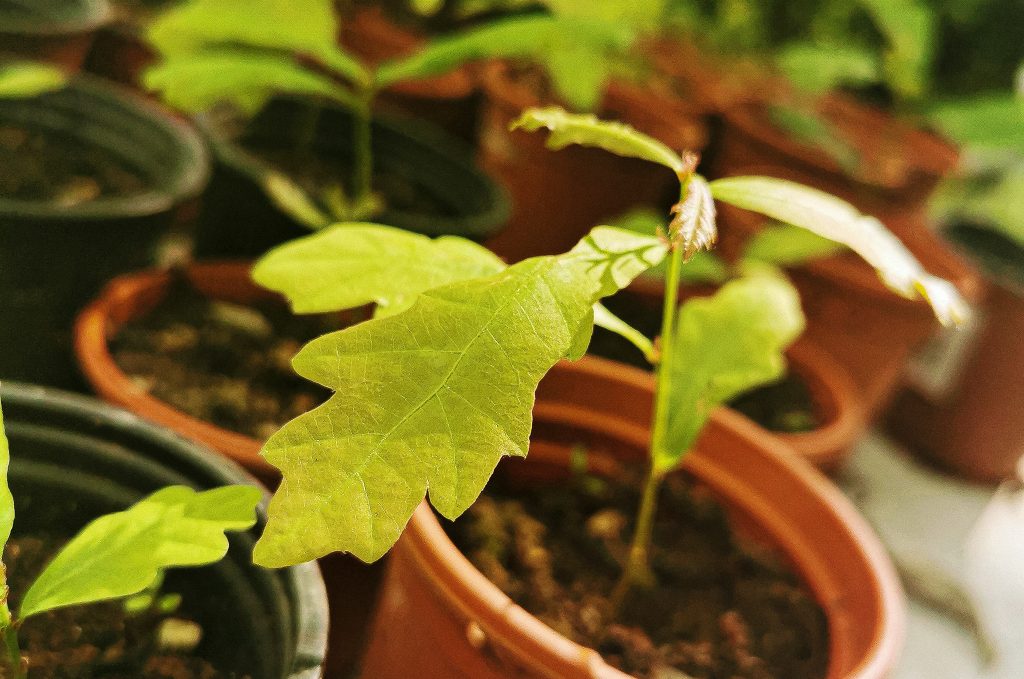
Speaking of protecting trees…
Now that Baressential is starting to put down deeper roots, we’re ready to give a little back to our beloved natural world. One percent of our net profits on the products you buy will be going towards the reforesting of Ireland, in partnership with HomeTree forest charity. The bigger and sturdier we get, the more we will try to do. But this year, we will plant this one and see how it grows.




No Comments